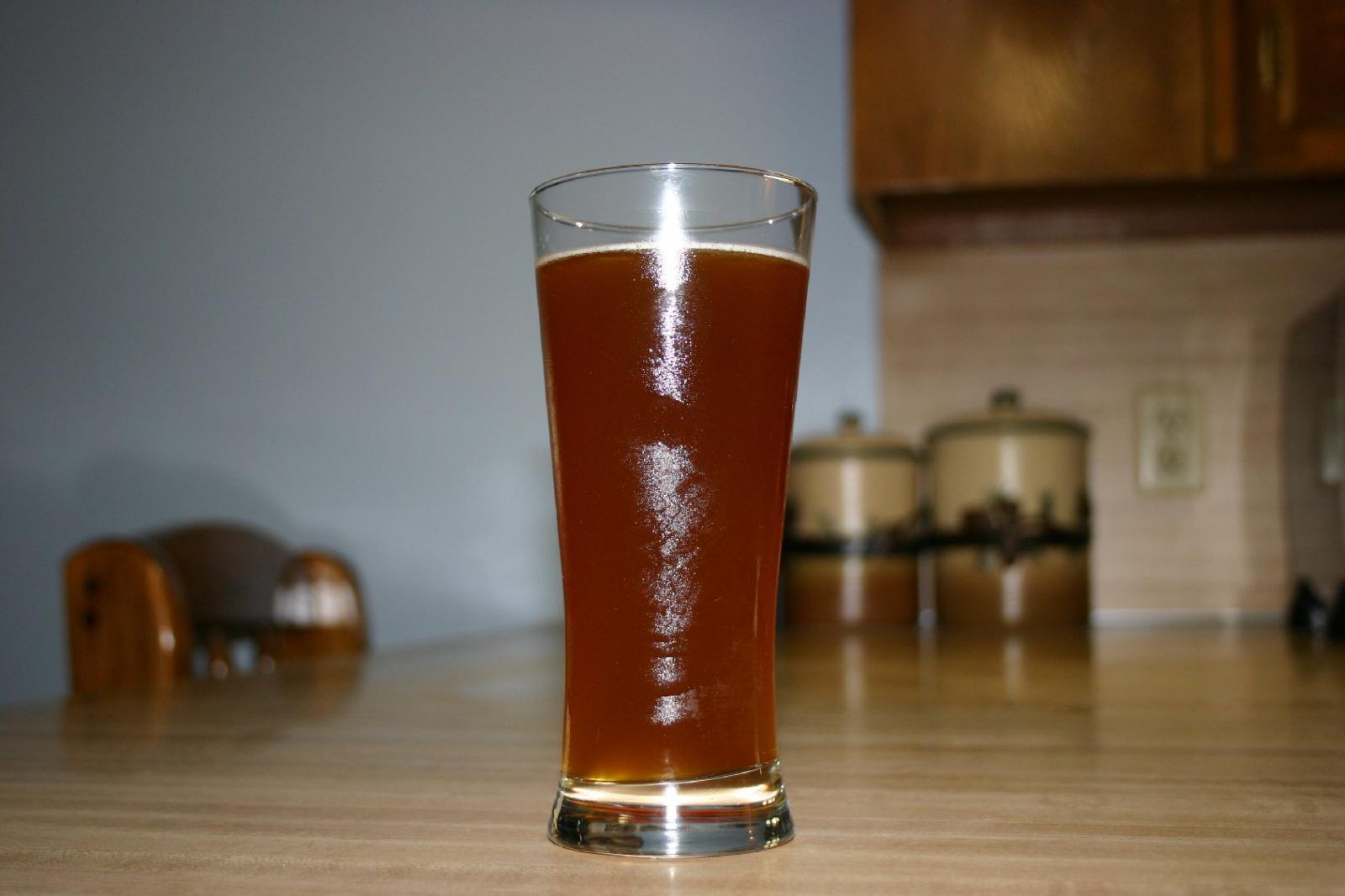My beer seems a bit under carbonated. Maybe it's just me, but I expected more foam than what I'm getting. I haven't had any gushers after having gone through about 15 of 50 bottles. I used 5 ounces of corn sugar for 5 gallons of beer. The ones I've poured have little if any foam/head on them. I poured the sugar/water mixture into a bottle bucket, then racked the beer onto it. I attached a pic of one freshly poured into a glass.






